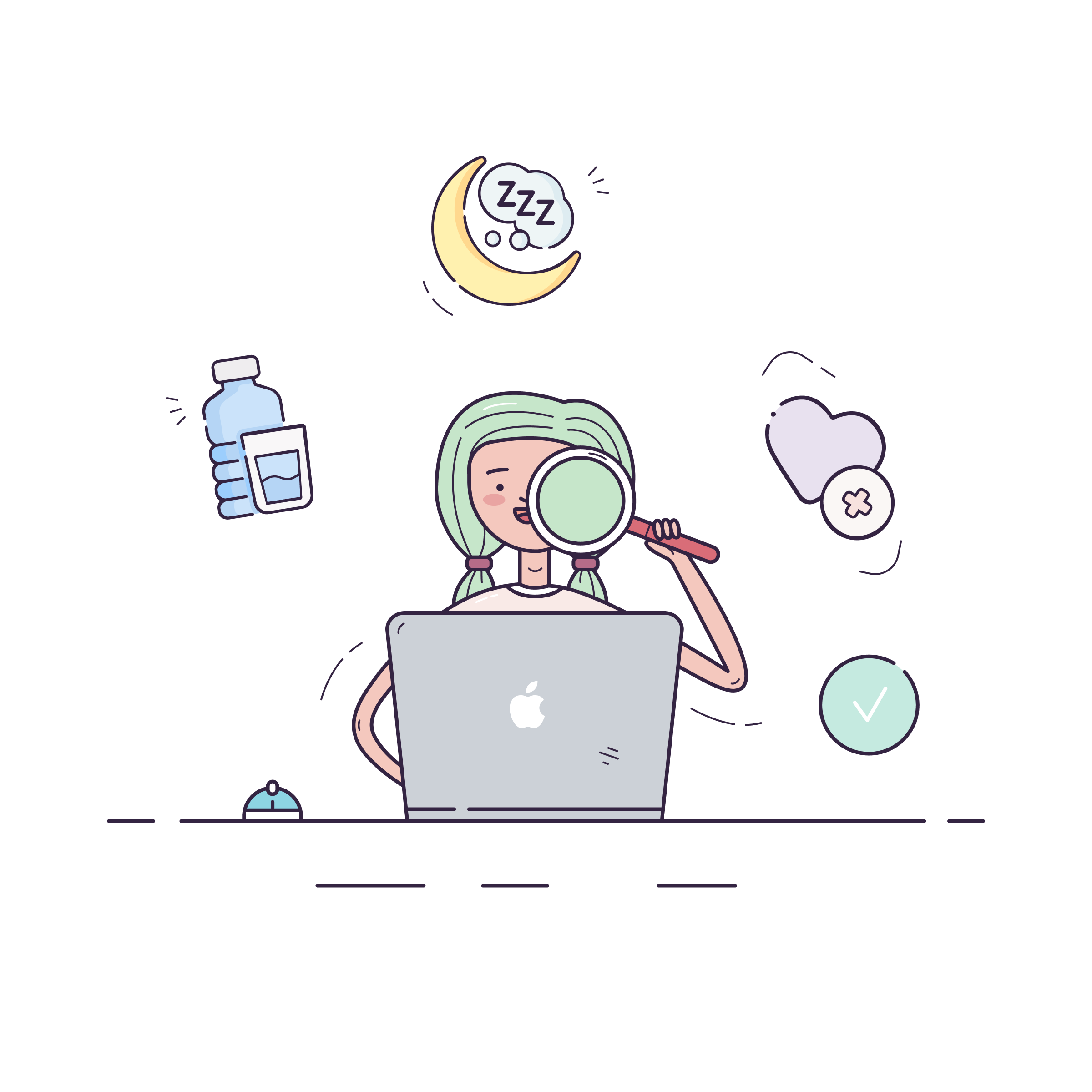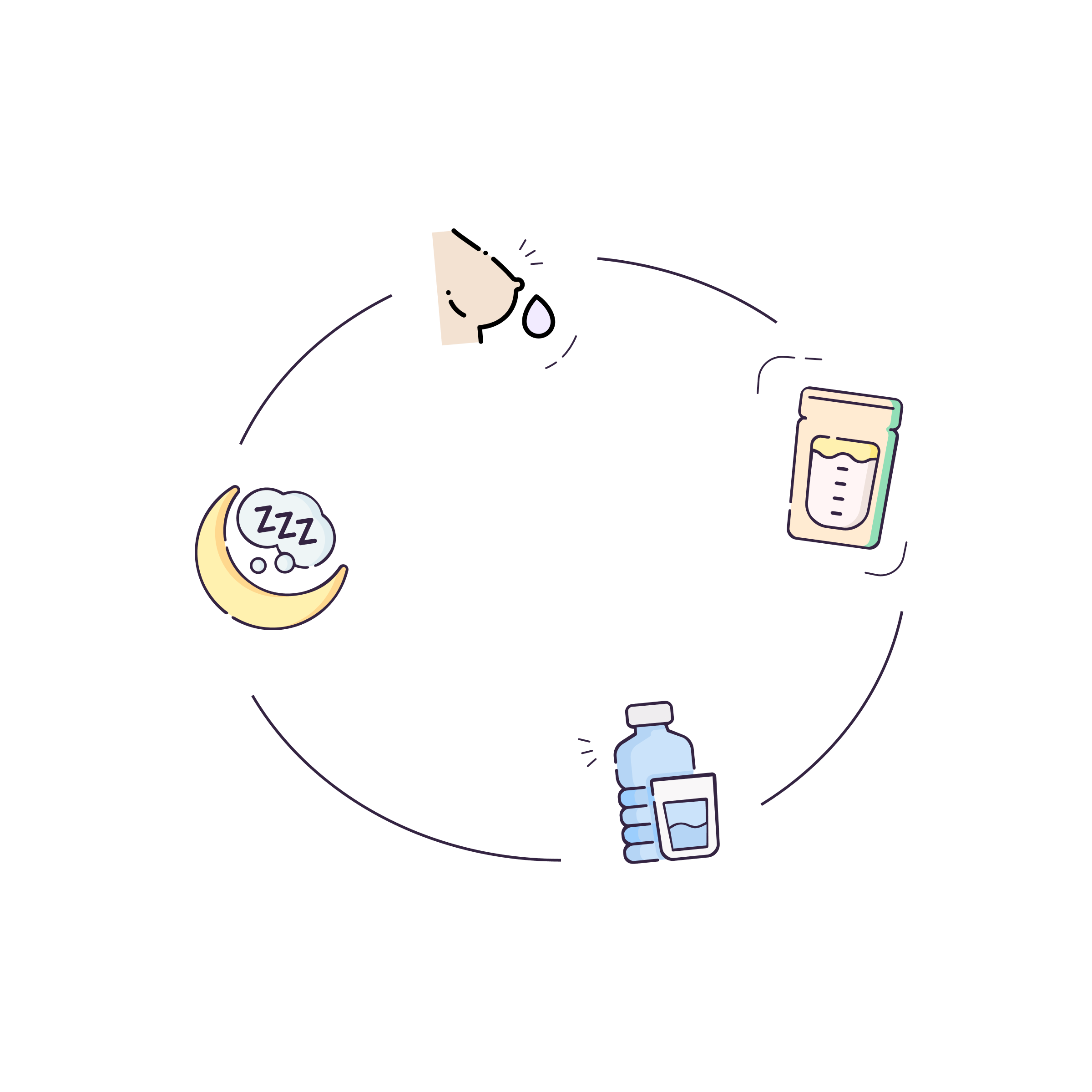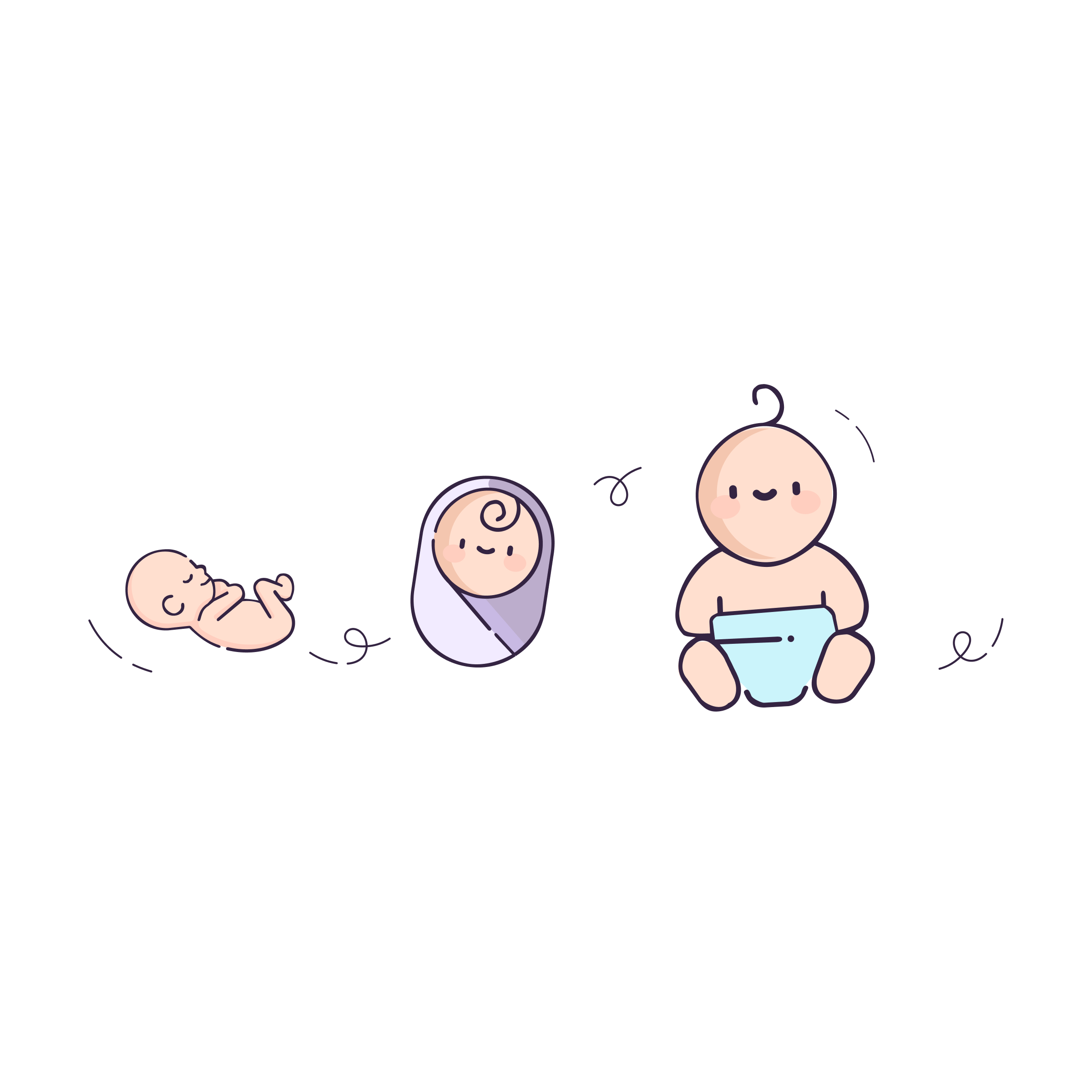When you become pregnant,
your body first begins producing milk as a result of certain hormones (like prolactin and progesterone) increasing in your body.
The first “milk” the body produces starting toward the second half of pregnancy is actually a different substance called “colostrum.” On around the second or third day after the baby is born, this eventually transitions to the milk that you will have until you stop breastfeeding.
Once you actively begin breastfeeding, consistent feedings keep your supply in check. When the milk is removed, it essentially tells the body that it’s in “demand,” and you keep producing it. If you frequently let your breasts get full, this will tell your body that you don’t need as much, and your supply will slow.

Mama, rest assured that milk supplies are different for all of us. It can even be different for each of your breasts! Here are a few things to know.

Factors that impact your milk supply
Many factors can impact your supply. Frequency and thoroughness of feedings, mama’s health, baby’s latch, and more can cause your supply to increase or decrease. If you’re feeding or pumping each time the baby needs to eat, baby has a good latch, and you are staying well fed and hydrated, you will most likely have a steady supply.
Tips to increase your milk supply
Increasing your supply begins with frequent feedings. Completely emptying your breasts each time you feed or pump can also make a difference. It is recommended to feed or pump from both breasts each time. Staying hydrated and getting proper rest also help!
If you’re doing all of the above but aren’t seeing results, it may be time to consider a supplement. Something like Majka’s Nourishing Lactation Powder provides your breastfeeding body with all of the nutrients it needs to produce a good (and nutrient-rich) supply. It’s a tool that both mama and baby benefit from!


Baby’s appetite at different stages
Your baby will need different amounts of milk at different stages. Newborn babies often drink around 1-3 oz. per feeding 8-10 times per day. This will increase as they grow, and by the two month mark you can expect around 5-8 feedings per day, each one consisting of around 5 oz.
But, each baby is different. To know that your little one has had enough, look for these signs: Baby is producing enough soiled diapers (~7-10 per day early on), they look satisfied and detach on their own after feeding, they get sleepy after feeding, and they’re gaining weight.
How to know if you have a low supply
There are a few ways to determine whether you’re producing enough milk. Over-supplementing with bottles or formula could be causing your body to produce less, as could your baby’s latch. If they aren’t latching well, reduce pacifier use. Your diet could also have an effect. Aim to be sure that you’re getting all of your nutrients and staying well hydrated.
To know that you are producing enough milk, look for these signs: Your baby produces soiled diapers, their growth follows the curve, and they relax their fists toward the end of each meal.

MYTHS, DEBUNKED

You should have a freezer full of extra milk.
It’s actually not necessary! You can save a bit, but you don’t need to have a large stash. This could actually be a sign of an oversupply, as you’re telling your body that you need more than you actually do (due to overly frequent feedings and pumpings).
You have to give your baby a bottle after breastfeeding.
Not true! If your baby is showing signs of being well fed from breastfeeding, additional bottles aren’t necessary.

